Gallery 844
Mythologies
(Part 1 of 3)
|
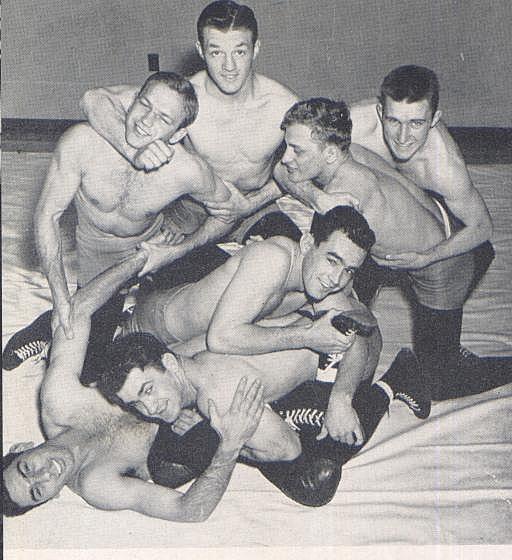
|
In 1957, a French philosopher
named Roland Barthes wrote an essay on why people love wrestling performances.
Barthes was interested in the signs and symbols used in pop culture to
spread a group's beliefs, attitudes, and morals.
|
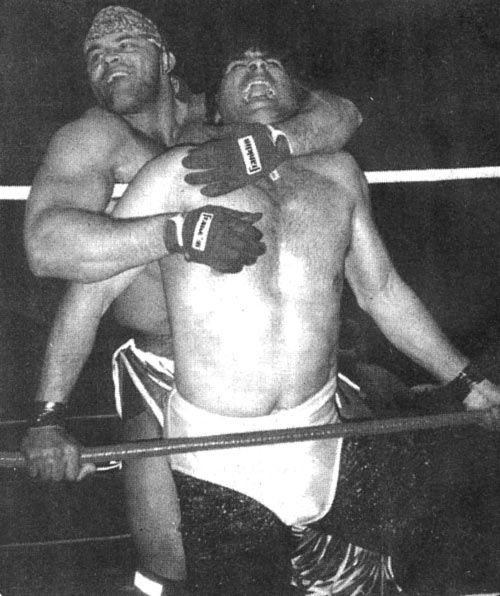
|
Barthes believed that people
get into the drama of Pro Wrestling because the clear, obvious scenes
of Suffering, Justice, and Defeat are easier to grasp (and therefore more
pleasurable) than real life, which is never straight-forward. This
is similar to dramatic theater popular in the olden days.
|
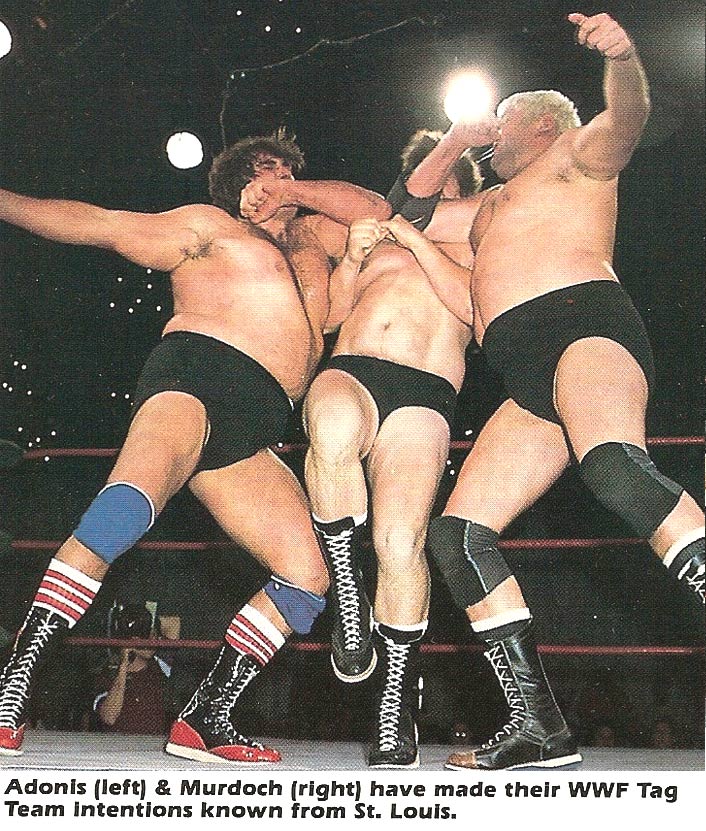
|
In the first part of
his essay, Barthes decribes how the actions and even the bodies of the wrestlers
send specific, very clear messages to the audience that draws them into the
world of wrestling. Here is the first part of his essay:
|
|
THE WORLD OF WRESTLING
by Roland Barthes, 1957
The grandiloquent* truth
of
gestures on life's
great
occasions.
--
Baudelaire
* [Grandiloquent means lofty,
over-blown; pompous, over-the top, kind of like Baudelair's poems.]
|
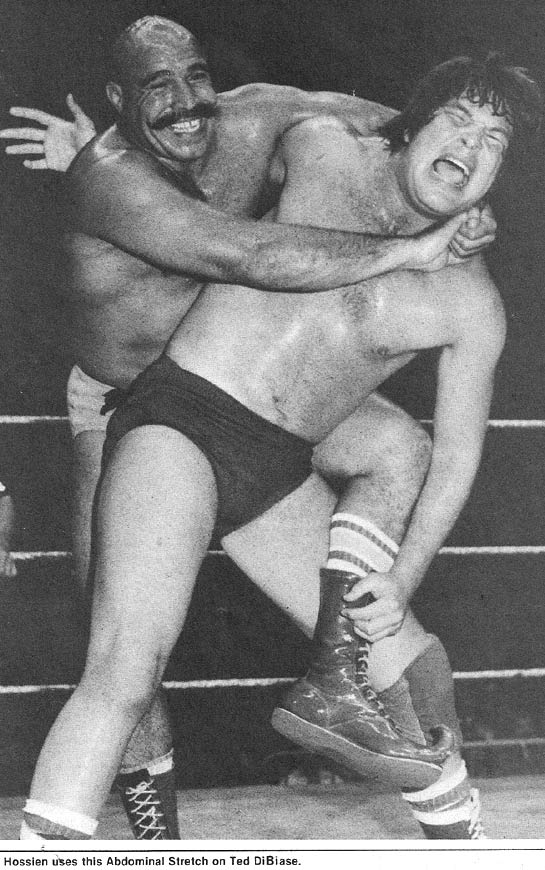
|
The virtue of wrestling
is that it is the spectacle of excess. Here we find a grandiloquence
which must have been that of ancient theaters.
|
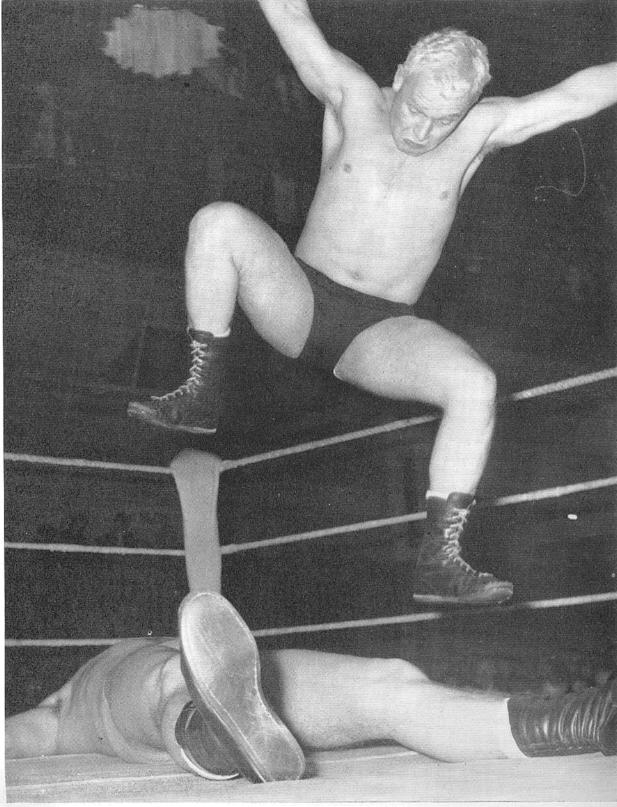
|
And in fact wrestling is an
open-air spectacle, for what makes the circus or the arena what they are
is not the sky (a romantic value suited rather to fashionable occasions),
it is the drenching and vertical quality of the flood of light.
|
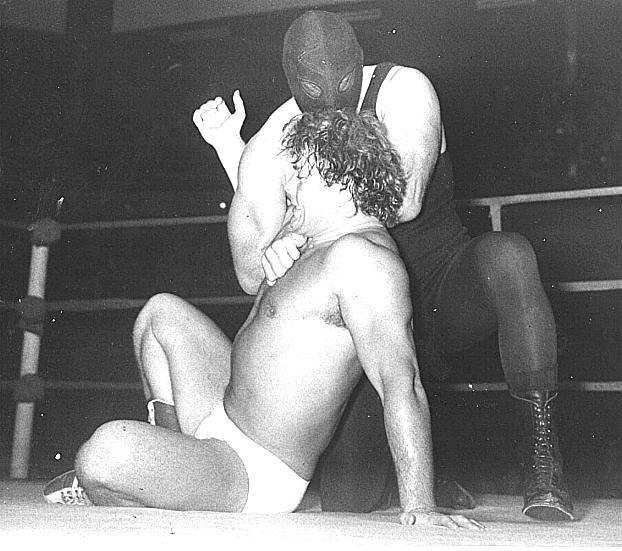
|
Even hidden
in the most squalid Parisian halls, wrestling partakes of the nature
of the great solar spectacles, Greek drama and bullfights: in both, a
light without shadow generates an emotion without reserve.
|
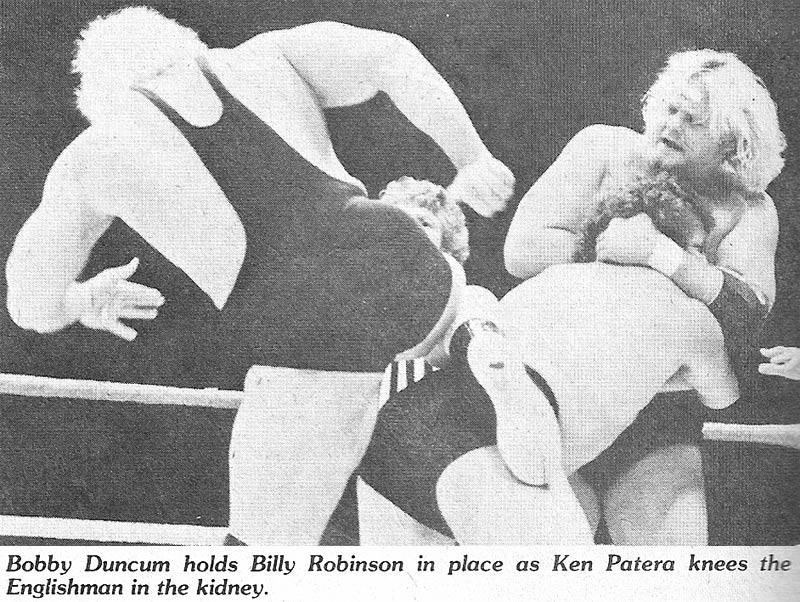
|
There are
people who think that wrestling is an ignoble sport. Wrestling is not
a sport, it is a spectacle, and it is no more ignoble to attend a wrestled
performance of Suffering than a performance of the sorrows of Arnolphe
or Andromaque. [Characters from two old tragedies.]
|
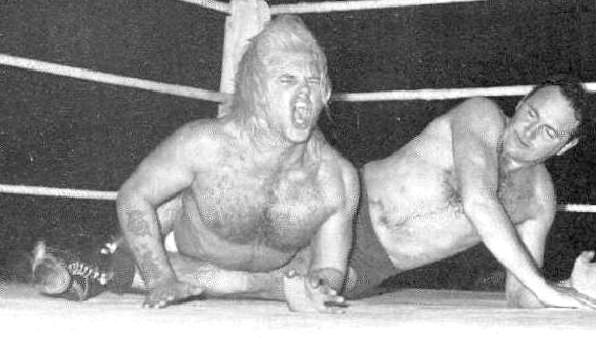
|
Of course, there exists a false
wrestling, in which the participants unnecessarily go to great lengths to
make a show of a fair fight; this is of no interest.
|
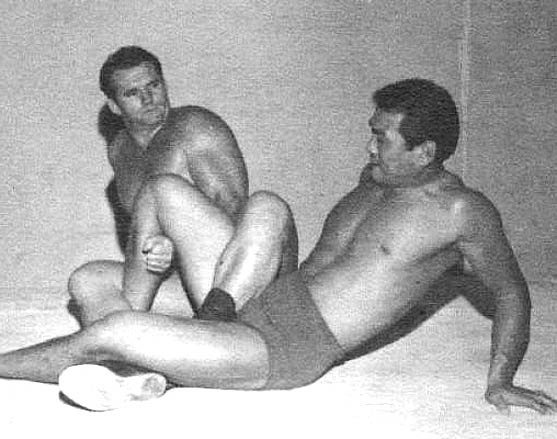
|

|
True wrestling, wrongly called
amateur wrestling, is performed in second-rate halls, where the public
spontaneously attunes itself to the spectacular nature of the contest,
like the audience at a suburban cinema.
|
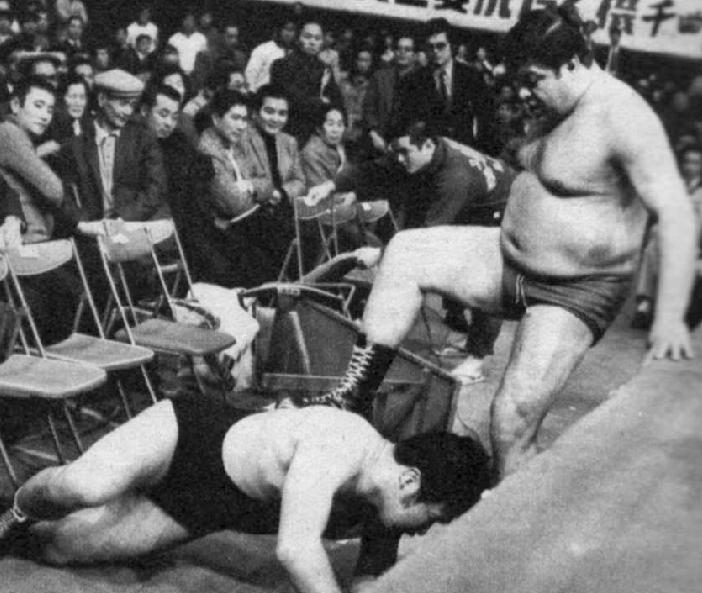
|
Then these same people wax
indignant because wrestling is a stage-managed sport (which ought, by
the way, to mitigate its ignominy).
|
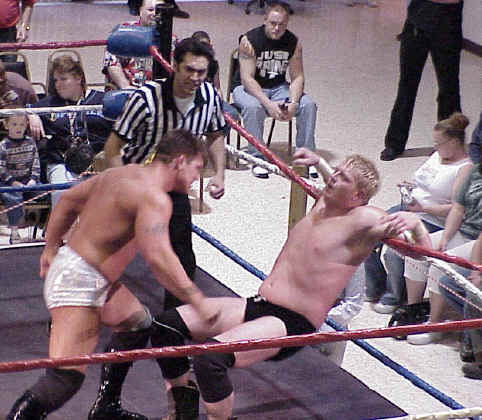
|
The public is completely uninterested
in knowing whether the contest is rigged or not, and rightly so; it abandons
itself to the primary virtue of the spectacle, which is to abolish all
motives and all consequences: what matters is not what it thinks but what
it sees.
|
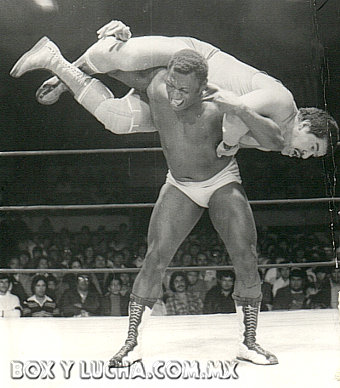
|
This public
knows very well the distinction between wrestling and boxing; it knows
that boxing is a Jansenist sport, based on a demonstration of excellence.
One can bet on the outcome of a boxing-match: with wrestling, it would make
no sense.
|
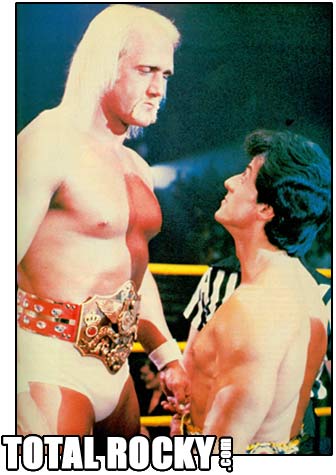
|
A boxing match is a story which
is constructed before the eyes of the spectator; in wrestling, on the contrary,
it is each moment which is intelligible, not the passage of time.
The spectator is not interested in the rise and fall of fortunes;
he expects the transient image of certain passions.
|
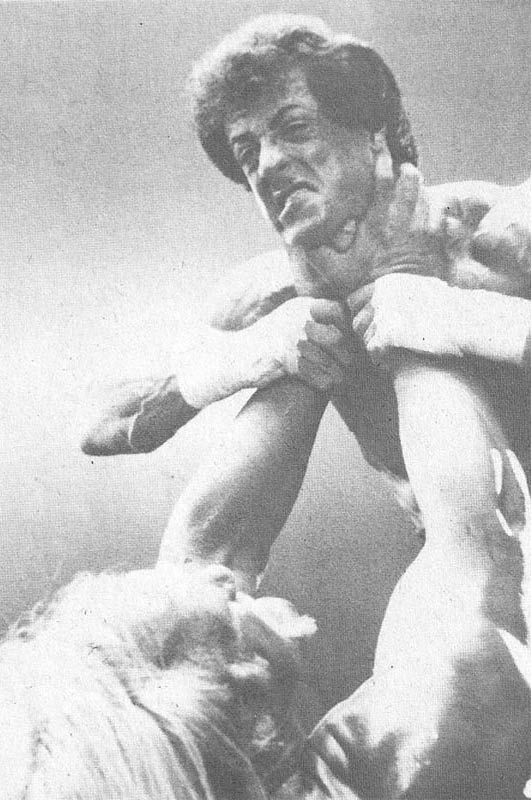
|
Wrestling therefore demands
an immediate reading of the juxtaposed meanings, so that there is no need
to connect them. The logical conclusion of the contest does not interest
the wrestling-fan, while on the contrary a boxing-match always implies
a science of the future.
|
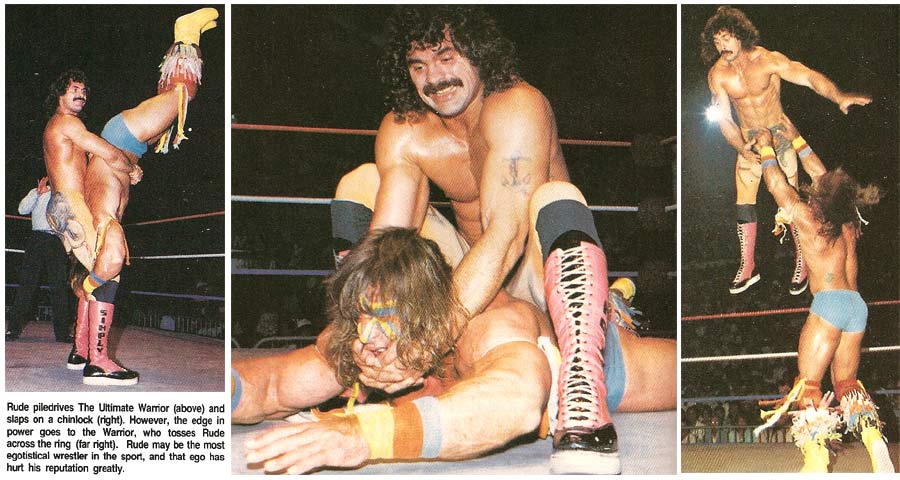
|
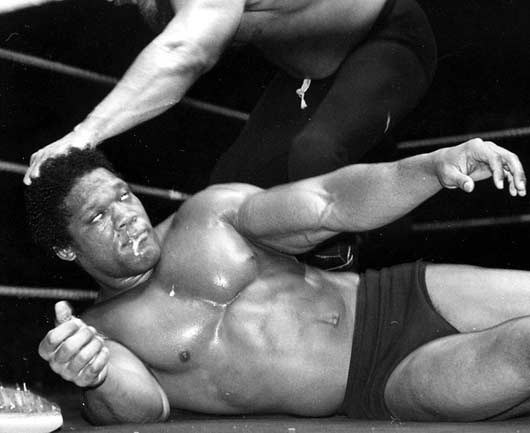
|
In other words, wrestling is
a sum of spectacles, of which no single one is a function: each moment imposes
the total knowledge of a passion which rises erect and alone, without ever
extending to the crowning moment of a result.
|
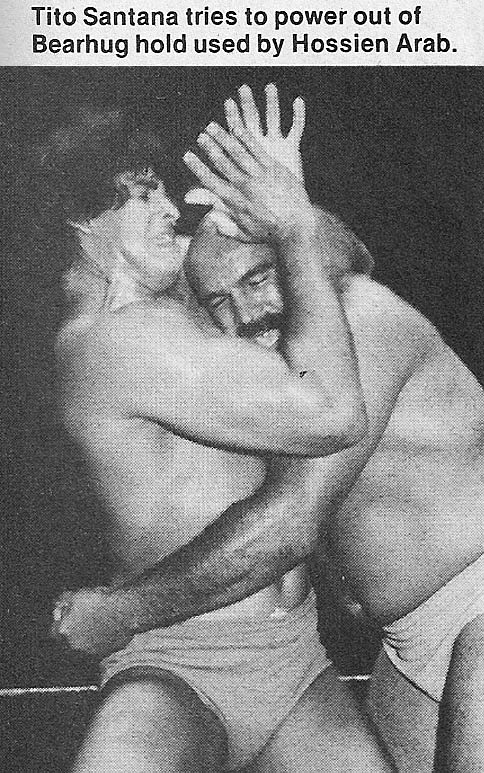
|
Thus the function of the wrestler
is not to win; it is to go exactly through the motions which are expected
of him.
|
It is said that judo contains
a hidden symbolic aspect; even in the midst of efficiency, its gestures
are measured, precise but restricted, drawn accurately but by a stroke
without volume.
|
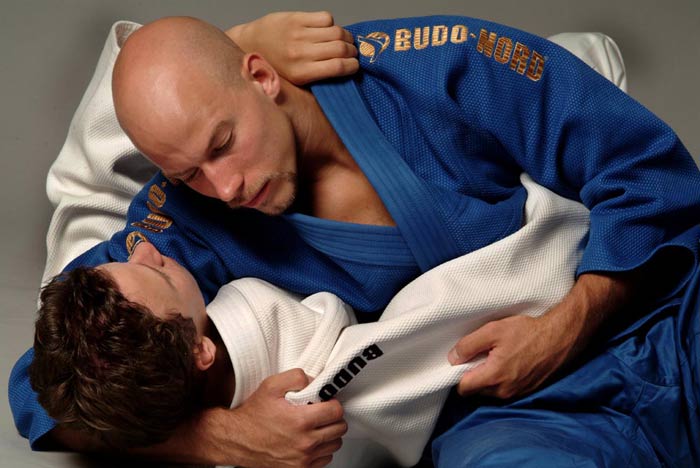
|
Wrestling, on the contrary,
offers excessive gestures, exploited to the limit of their meaning.
|

|
In judo, a man who is down is hardly down at all, he rolls over,
he draws back, he eludes defeat, or, if the latter is obvious, he immediately
disappears;
|
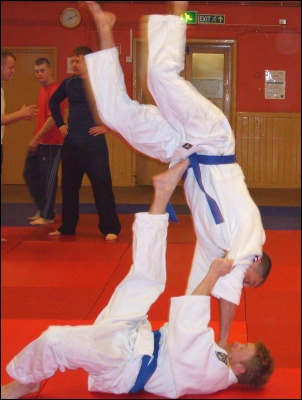
|
In wrestling, a man who is
down is exaggeratedly so, and completely fills the eyes of the spectators
with the intolerable spectacle of his powerlessness.
|
|
This function of grandiloquence
is indeed the same as that of ancient theater, whose principle, language
and props (masks and buskins) concurred in the exaggeratedly visible explanation
of a Necessity.
|
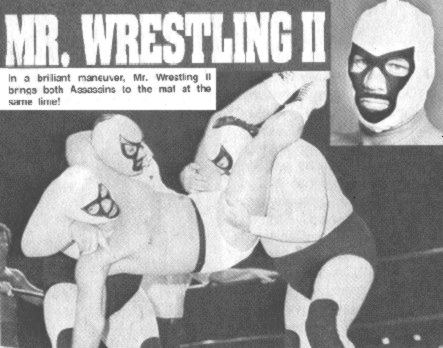
|
The gesture of the vanquished
wrestler signifying to the world a defeat which, far from disguising,
he emphasizes and holds like a pause in music, corresponds to the mask of
antiquity meant to signify the tragic mode of the spectacle.
|
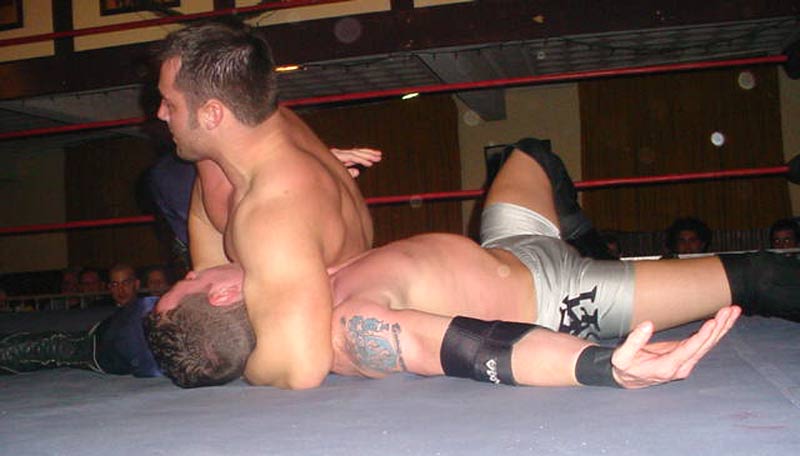
|

|
In wrestling, as on the stage
in antiquity, one is not ashamed of one's suffering, one knows how to
cry, one has a liking for tears.
|
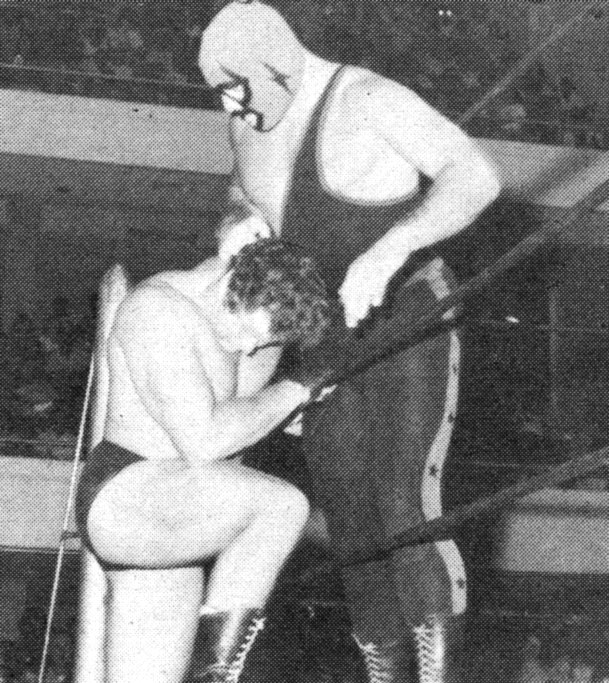
|
Each sign in wrestling is
therefore endowed with an absolute clarity, since one must always understand
everything on the spot. As soon as the adversaries are in the ring, the public
is overwhelmed with the obviousness of the roles.
|
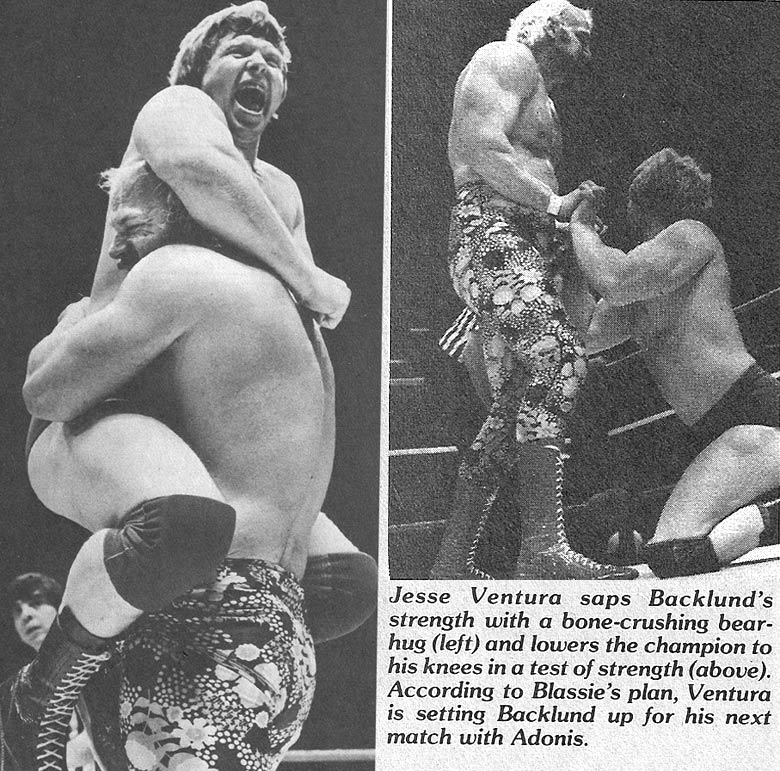
|
As in the theater, each physical
type expresses to excess the part which has been assigned to the contestant.
|

|
Thauvin, a fifty-year-old
with an obese and sagging body, whose type of asexual hideousness always
inspires feminine nicknames, displays in his flesh the characters of baseness,
for his part is to represent what, in the classical concept of the salaud,
the 'bastard' (the key-concept of any wrestling-match), appears as organically
repugnant.
|
The nausea voluntarily provoked
by Thauvin shows therefore a very extended use of signs: not only is ugliness
used here in order to signify baseness, but in addition ugliness is wholly
gathered into a particularly repulsive quality of matter: the pallid collapse
of dead flesh (the public calls Thauvin la barbaque, 'stinking meat').
|
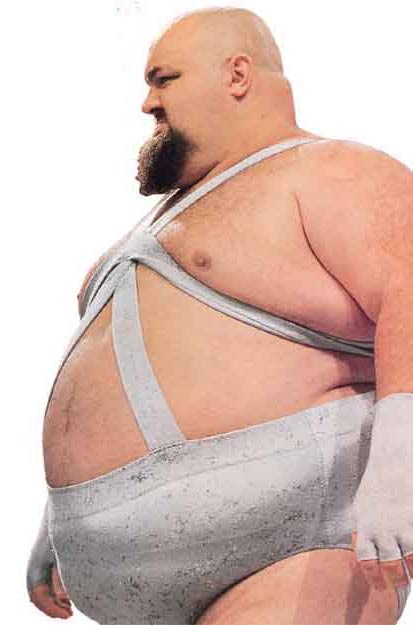
|
So the passionate condemnation
of the crowd no longer stems from its judgment, but instead from the very
depth of its humours.
|
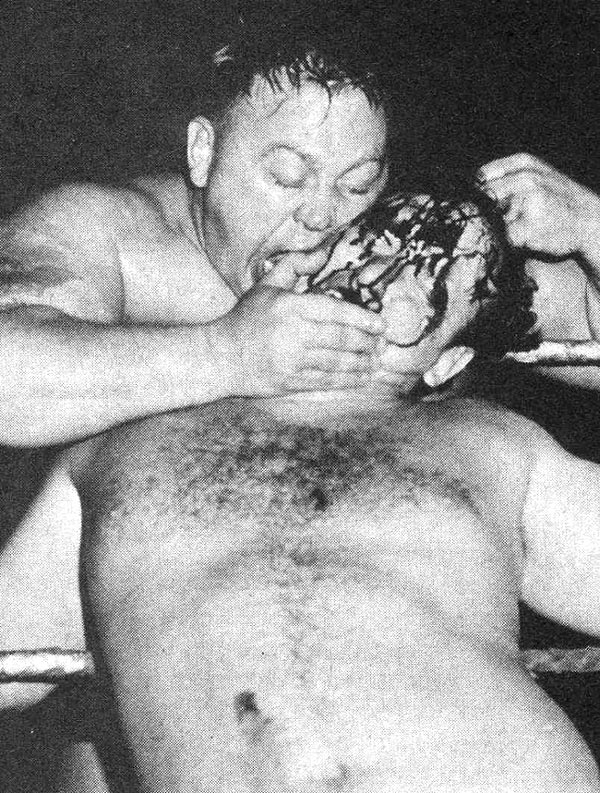
|
It will
thereafter let itself be frenetically embroiled in an idea of Thauvin which
will conform entirely with this physical origin: his actions will perfectly
correspond to the essential viscosity of his personage.
|
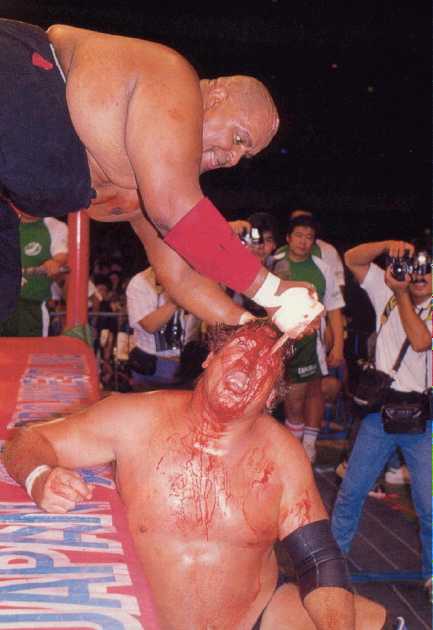
|
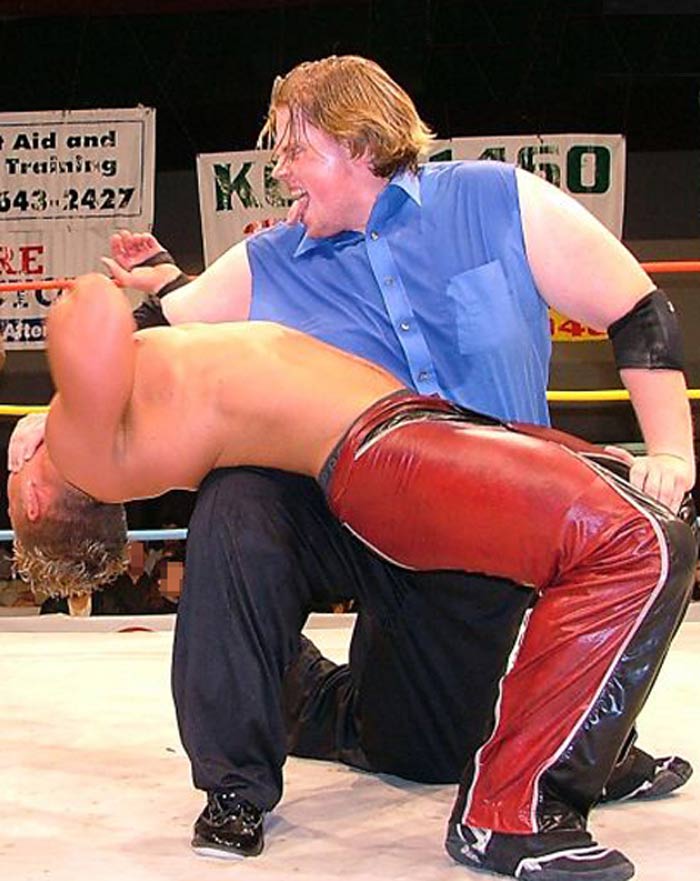
|
It is therefore in the body
of the wrestler that we find the first key to the contest.
|

|
I know from the start that
all of Thauvin's actions, his treacheries, cruelties and acts of cowardice,
will not fail to measure up to the first image of ignobility he gave me.
|

|
I can trust him to carry out
intelligently and to the last detail all the gestures of a kind of amorphous
baseness, and thus fill to the brim the image of the most repugnant bastard
there is: the bastard-octopus.
|
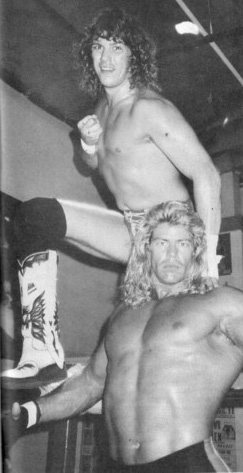
|
Wrestlers
therefore have a physique as peremptory as those of the characters of
the Commedia dell'Arte*, who display in advance, in
their costumes and attitudes, the future contents of their parts.
|

|
* [In Italy, Commedia dell'Arte
was an early form of Improv comedy, always using the same stereo-typical characters.]
|
Just as Pantaloon can never
be anything but a ridiculous cuckold, Harlequin an astute servant and the
Doctor a stupid pedant, in the same way Thauvin will never be anything
but an ignoble traitor,
|
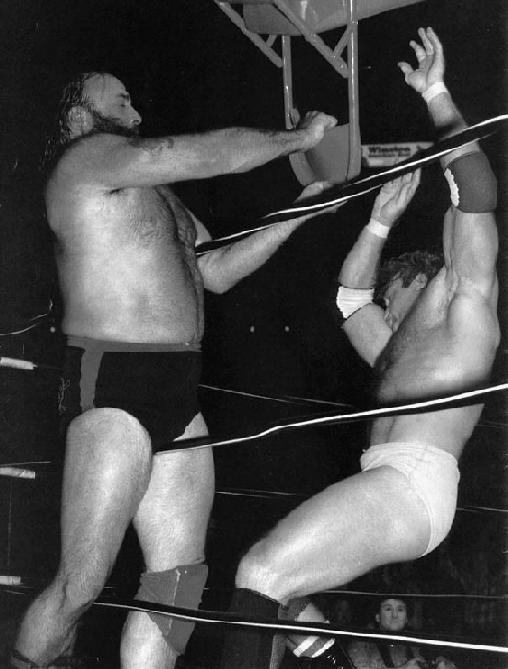
|
Reinieres (a tall blond fellow
with a limp body and unkempt hair) the moving image of passivity,
|
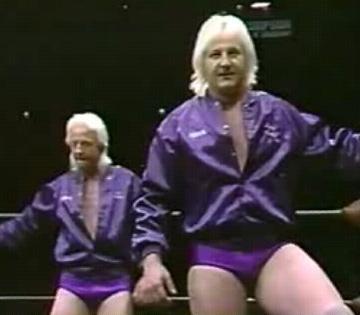
|
Mazaud (short and arrogant
like a cock) that of grotesque conceit,
|

|
and Orsano (an effeminate teddy-boy
first seen in a blue- and-pink dressing-gown) that, doubly humorous, of a
vindictive salope, or bitch.
|
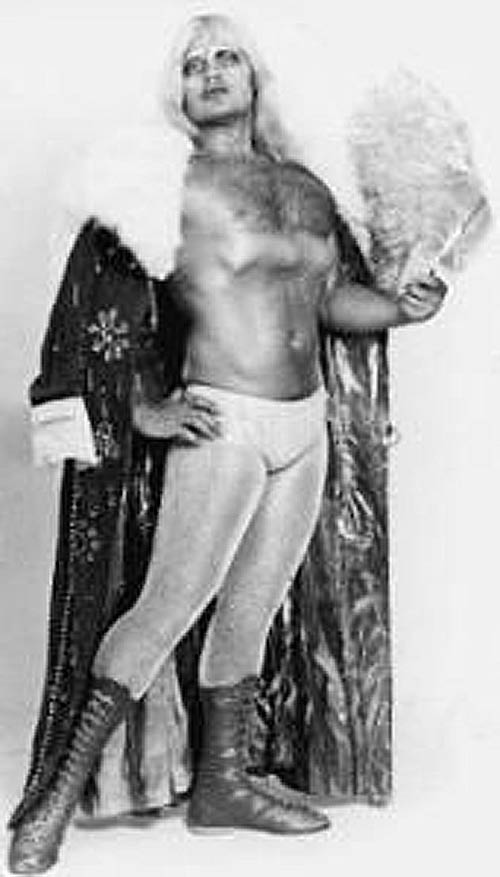
|
The physique of the wrestlers
therefore constitutes a basic sign, which like a seed contains the whole
fight.
|
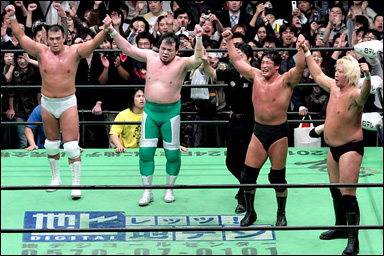
|
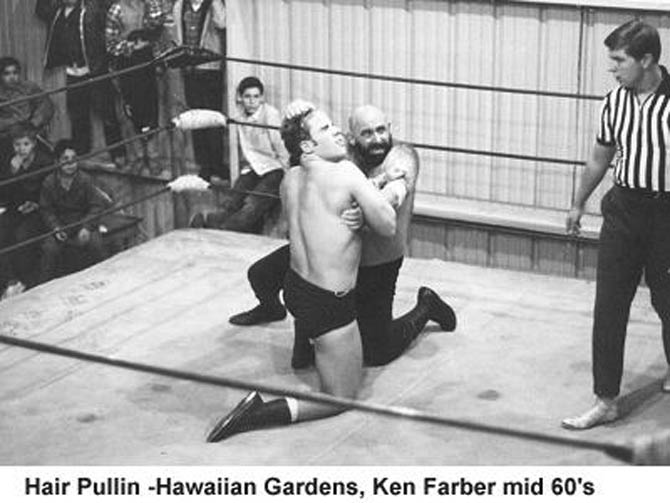
|
But this seed proliferates,
for it is at every turn during the fight, in each new situation, that
the body of the wrestler casts to the public the magical entertainment
of a temperament which finds its natural expression in a gesture.
|
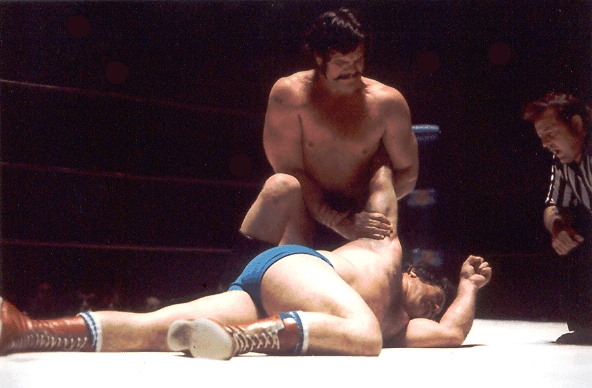
|
The different strata of meaning
throw light on each other, and form the most intelligible of spectacles.
|

|
Wrestling is like a diacritic
writing: above the fundamental meaning of his body, the wrestler arranges
comments which are episodic but always opportune, and constantly help the
reading of the fight by means of gestures, attitudes and mimicry which
make the intention utterly obvious.
|
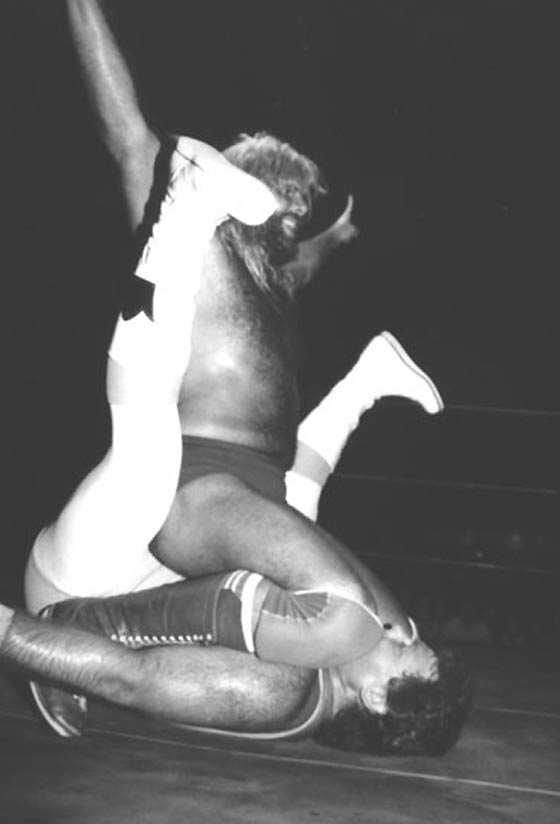
|
Sometimes the wrestler triumphs
with a repulsive sneer while kneeling on the good sportsman;
|

|
sometimes he gives the crowd
a conceited smile which forebodes an early revenge;
|
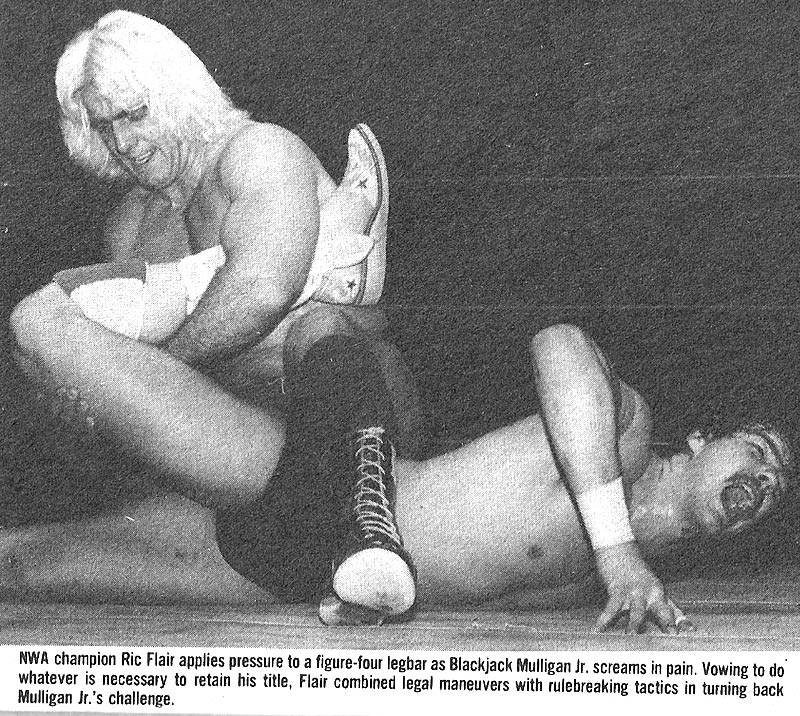
|
sometimes, pinned to the ground,
he hits the floor ostentatiously to make evident to all the intolerable
nature of his situation;
|
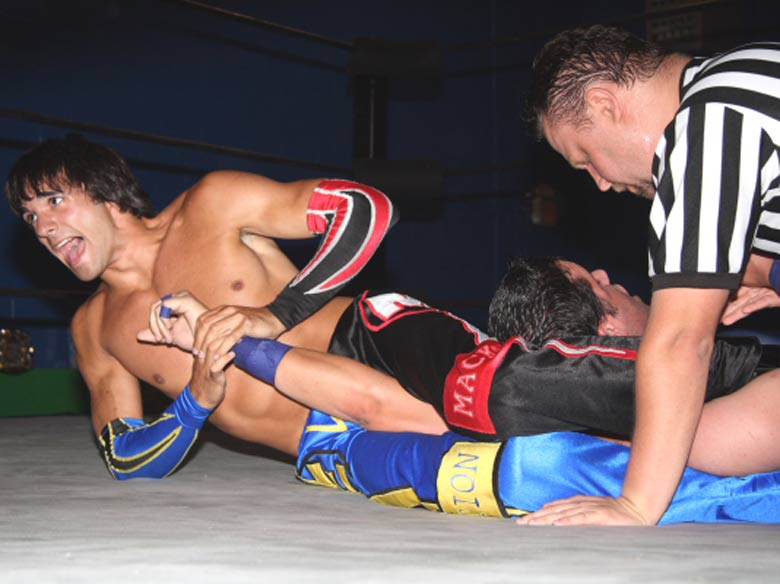
|
and sometimes he erects a
complicated set of signs meant to make the public understand that he legitimately
personifies the ever-entertaining image of the grumbler, enlessly confabulating
about his displeasure.
|
To
be continued...
|
|
|
|

|